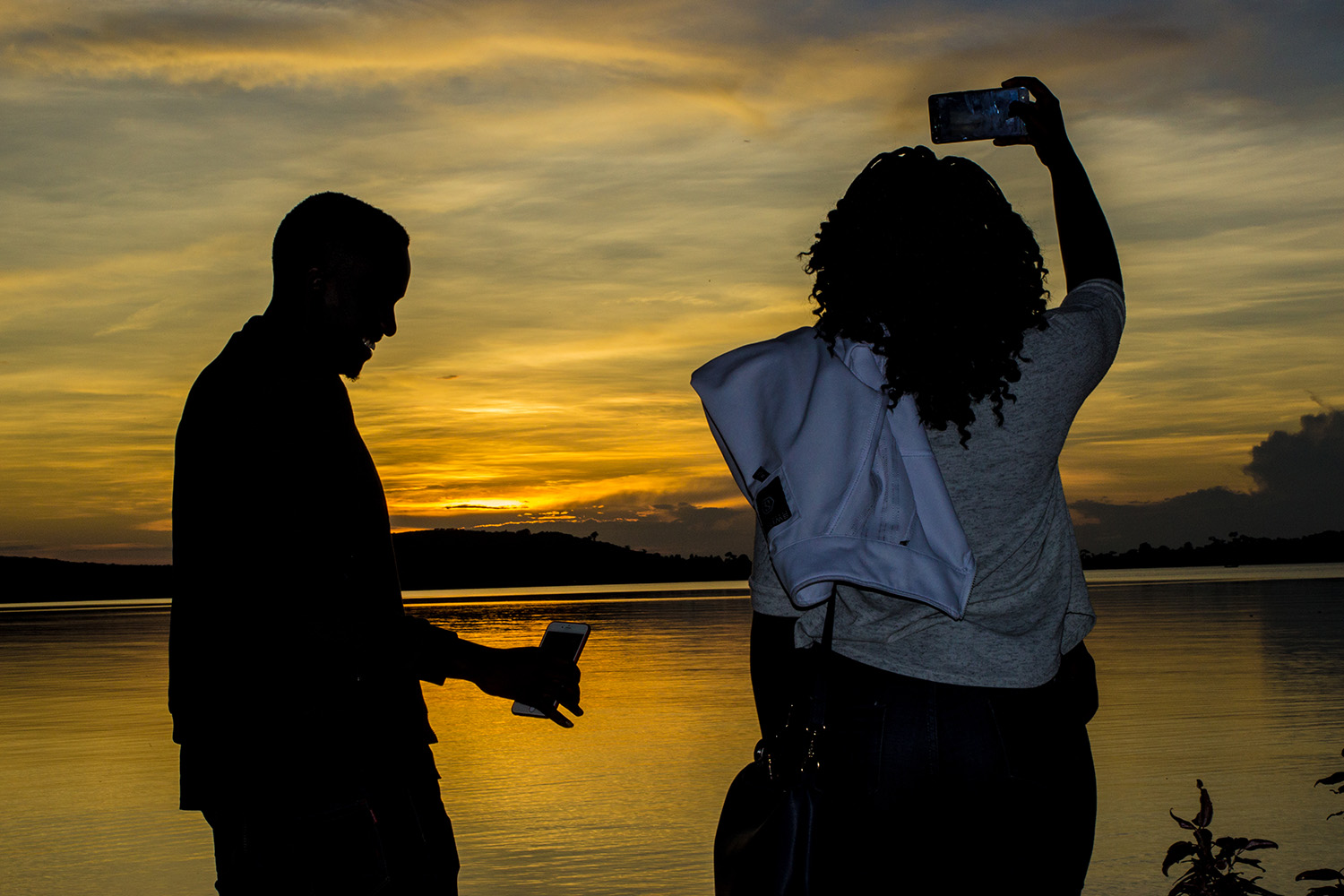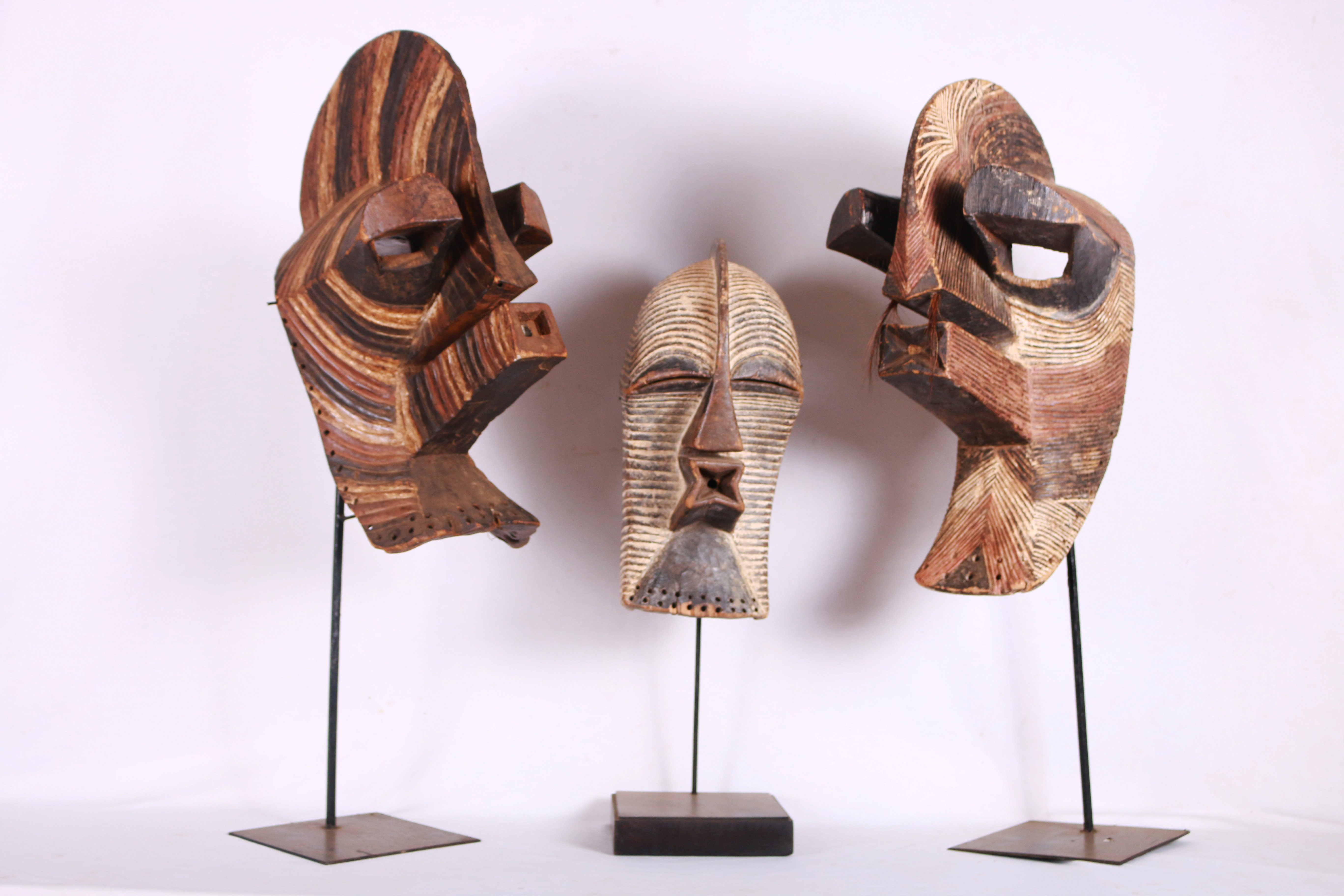Queen Elizabeth National Park is understandably Uganda’s most popular tourist destination. The park’s diverse ecosystems, which include sprawling savanna, shady, humid forests, sparkling lakes and fertile wetlands, make it the ideal habitat for classic big game, ten primate species including chimpanzees and over 600 species of birds.
Set against the backdrop of the jagged Rwenzori Mountains, the park’s magnificent vistas include dozens of enormous craters carved dramatically into rolling green hills, panoramic views of the Kazinga Channel with its banks lined with hippos, buffalo and elephants, and the endless Ishasha plains, whose fig trees hide lions ready to pounce on herds of unsuspecting Uganda kob.
As well as its outstanding wildlife attractions, Queen Elizabeth National Park has a fascinating cultural history. There are many opportunities for visitors to meet the local communities and enjoy storytelling, dance, music and more. The gazetting of the park has ensured the conservation of its ecosystems, which in turn benefits the surrounding communities.
Uganda’s Queen Elizabeth National Park is truly a Medley of Wonders!
History
The area currently occupied by the Queen Elizabeth National Park was previously a grazing area for local Basongora pastoralists. When British explorers Stanley and Lugard toured the area towards the end of last century, both reported the area to have been largely depopulated as a result of cattle raiding (from the Bunyoro and Buganda kingdoms) and epidemics of rinderpest and smallpox. The Basongora social economy could not recover from these events and with the exception of remnant villages around the two lakes, the area was almost completely depopulated. Those who did remain were forced to turn to fishing. These events allowed the game populations to increase and vegetation to change significantly, and played an important role in determining the creation of the national park by the Protectorate administration. In 1906, the area to the north of Lake George was declared a Game Reserve, in order to prevent what some administrators believed to be unregulated hunting by Africans and Europeans and growing pressure for development of cotton and wheat production.
By 1912, the whole of the Lake George and Ishasha areas (Lake George Game Reserve) were declared restricted areas, agricultural and fishing communities moved out to other non-affected areas and the area was largely abandoned. Further outbreaks of sleeping sickness continued up until the mid 1930s. The National Park Ordinance was passed on 31st March 1952 and Queen Elizabeth National Park then, Kazinga National Park was legally gazetted later that year, following intense lobbying by the Chief Game Warden of that time, Bruce Kinloch, and the Governor. As a result, the land area protected within the Lake George Game Reserve area was expanded considerably to include a large area to the east of Lake Edward and Kazinga Channel.



